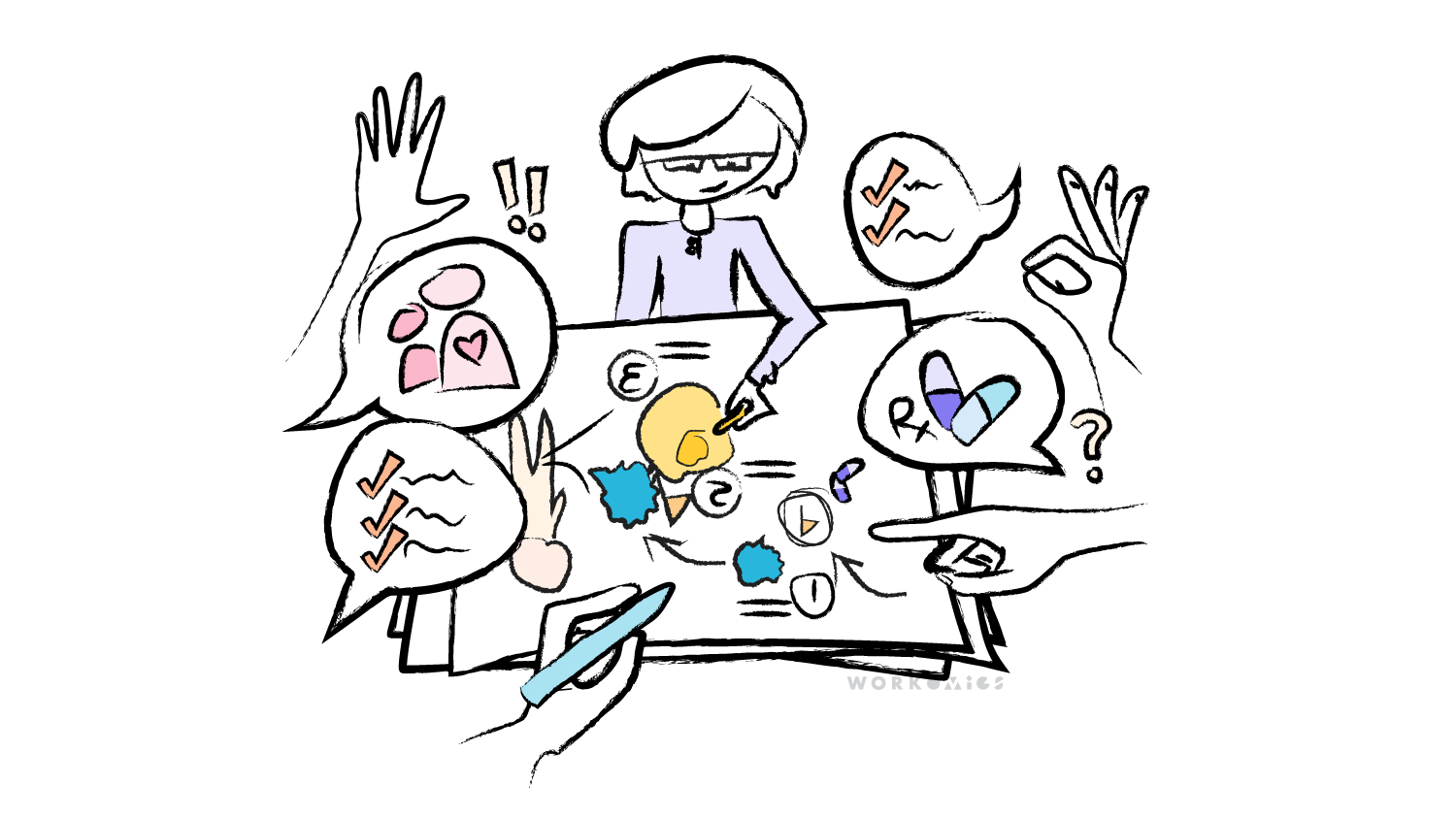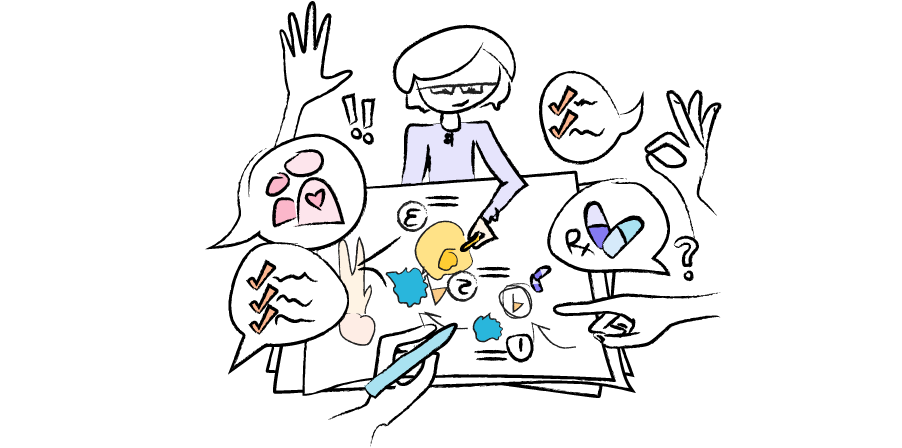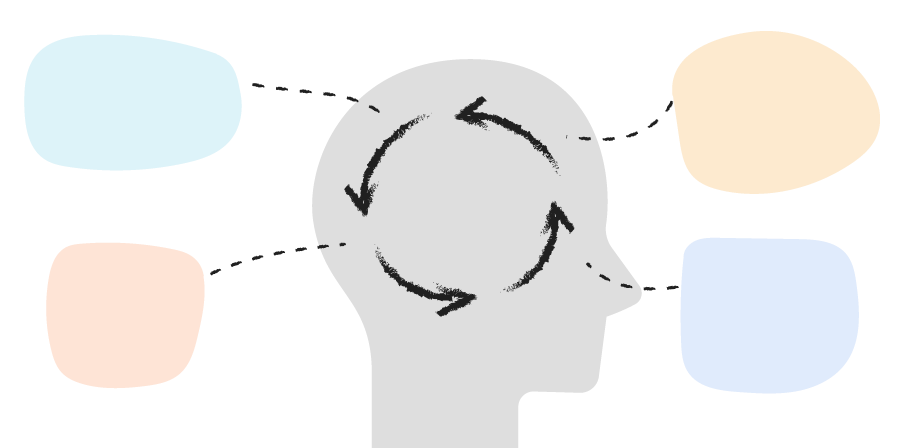Internally, pharma and biotech companies are usually very focused on the patients they serve. Big meetings open with patient speakers, patient stories feature prominently in corporate communications, and most individuals are motivated first and foremost by the need to bring new medicines to patients. But too often, these high levels of patient focus don’t show up in patient communications.
Partly, that’s true of any organization in any field: internal teams are focused on how the world looks from inside the company, and forget how it looks from the outside. However, the challenge is particularly acute in pharma and biotech, where organizations must grapple with significant scientific complexity and significant legal and regulatory guardrails. The end result is patient communications that are hard to parse and provide little value to the patients they’re intended to reach.
Poor patient communications are a missed opportunity for biopharma to “walk-the-talk” of patient centricity. Patient communications encompasses a broad variety of patient communications that together can meaningfully shape patient experience:
- Multi-page informed consent forms that must be signed in order to participate in a clinical study.
- Lay summaries, that help people without clinical training understand the results of a drug trial.
- Drug safety information that appears whenever a medicine is promoted by name, outlining everything from indication, to dosing, to side effects.
- Informational websites, videos, and brochures that provide patients and caregivers with information about their disease without delving into any specific treatment.
- Website, videos, and brochures — even apps — to help market and promote a specific drug, communicating how a drug works, the data on its efficacy, and what it’s like to take the drug
- Advertisements online, in print, and on broadcast media that raise awareness of a medicine very quickly
- Call scripts and FAQs that are used when patients reach out to medical information call centres.
- Information about how to navigate insurance and other aspects of accessing the medicine, through websites, print, or live interactions with call centre representatives.
- Press releases, communicating news about the pipeline and new treatments on the horizon.
Creating materials that are both patient-centred and consistent across an organization is challenging. Most large pharma companies will have many different medicines spanning diseases as different as ADHD, cancer, or cardiovascular disease, each with its own branding and patient population. Communications are produced by different parts of the business, who typically have regulatory guidelines that prevent them from collaborating too closely. Many of the actual communications are not produced in-house, but created by different agencies and vendors, working alongside internal teams, and being reviewed by reviewers spanning legal, medical, and regulatory perspectives.
Bristol-Myers Squibb’s Universal Patient Language (UPL) provides an example of how these challenges can be overcome. This 2019 peer-reviewed article details how the organization established new capabilities to create patient-centred communications that produced purpose, efficiency, and clarity for the organization. The end result was a robust toolkit to help everyone in the organization — no matter their role — craft effective patient communications. The article explains how the capability was built, shows how it was applied, and argues for its importance in improving health literacy.
The approach outlined in the article is very concordant with our practice here at Workomics: grounded in human-centred design, a pragmatic focus on in-market implementation of tactics, and an emphasis on enabling teams to work differently.

Our other ideas worth exploring
Treatment Decision-Making: A Framework
Commercial pharmaceutical teams should examine an array of factors that shape treatment decision-making to influence prescribing behaviour.


